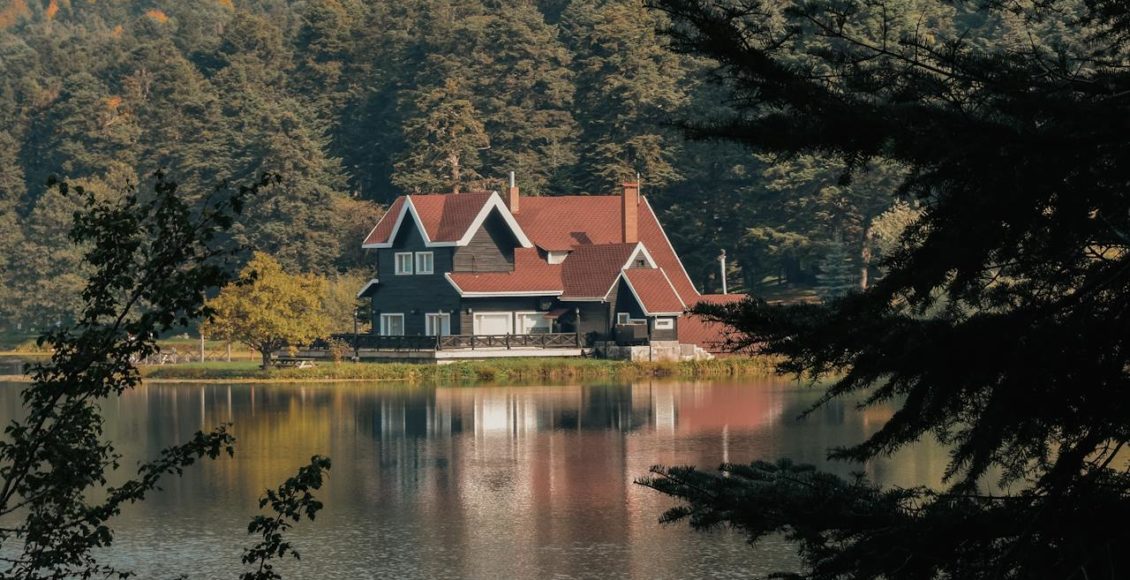Denver, Colorado, is not just a popular ski destination: it’s a beautiful place to live, with a vibrant culture and a plethora of outdoor activities to enjoy. Unfortunately, though, the weather is also unpredictable and, at times, quite unforgiving, which can cause major home damage. The exterior of any home is especially vulnerable thanks to being exposed to the elements year in and year out, including the siding of a home.
Whether you are doing home improvements to increase your property value or are upgrading your house for your own enjoyment, you need to take a good look at your siding and ensure that it is still weatherproof.
Consider these major issues that befall siding in Colorado so that you know when it’s time to call a siding contractor in Denver to improve your home’s most essential protection: its siding.
Hail
Denver is situated in what is known as “Hail Alley,” which has some of the highest frequencies of hailstorms in the entire world. This is due to the presence of the Rocky Mountains, which draws down frozen water droplets too fast for them to melt. The hail season in Denver lasts an incredible five months, and the largest hailstone recorded in the region was as large as a softball. As you can imagine, this can create quite a bit of damage to a home’s exterior.
Colorado as a whole experiences three or four hailstorms each year that cause catastrophic damage. This is defined as causing $25 million or more in insured damage during the event, which is a chillingly large sum to think about. Signs of hail damage to siding include dents, chips, or cracking paint.
Wind
In addition to hail, Denver is prone to high winds. The fastest wind speed recorded in the region was over 100 miles per hour in 2022, which is as fast as a Category 1 hurricane. Just like in a Florida hurricane, these winds can cause serious damage to homes, ripping off siding and exposing the cladding beneath. This is a major problem, as the siding is meant to protect these more vulnerable home components from water damage. Large swathes of exposed cladding can easily develop mold or even be hit by flying items, putting your family at risk.
The Rocky Mountain Insurance Information Association notes that about half of your insurance premium goes toward wind and hail damage, underscoring how significant these issues are for Denver residents. Wind damage can be seen through torn panels, cracked paint, and missing shingles.
Water Damage
There’s no getting around the fact that Denver gets a lot of snow, sometimes reaching multiple feet at a time. Throughout the winter season, the average Denver home can expect to have 57 inches of snow dropped on its roof, with the snowiest month being March.
Not only is this snow quite heavy, but it melts and refreezes, creating icicles that hang over eaves and drip against the siding. Sometimes, very heavy icicles can pull down gutters, which leads to water pouring behind the siding and eroding the surfaces underneath. There is also the fact that multiple feet of snow lying against the side of a home can penetrate any cracks in the siding and permeate the plywood behind it. The warmth of the interior allows mold to flourish, and it can begin to rapidly overtake any porous surfaces, causing further damage and endangering the indoor air quality. This is an especially serious problem for older wood siding, which starts to lose its waterproof coating over the years.
Water damage can sometimes be quite sneaky and difficult to detect; you may not notice until you see a damp patch on an interior wall or notice that distinct musty odor in the basement. Other times, you will see mold or moss growing on the exterior of the home during the warmer months, or you will note bubbling paint on the siding. Any of these issues should make you call a siding expert to discuss whether it’s time to upgrade.
When It’s Time to Call a Siding Expert
If you notice any of these signs, you need to get in touch with siding professionals who can assess the damage and make an action plan. Missing panels, mold growth, damaged paint, chips, and dents are clear signals that your siding is no longer protecting the interior.
Sometimes, your siding ticks along just fine for years, even as Mother Nature hurls hail, wind, and snow against it. However, just like with all building materials, siding has an expiration date, which depends on its material. Vinyl siding lasts approximately 20 years, while wood siding and aluminum siding can both last up to 40 years. However, James Hardie siding, which is made of fiber cement, can stay strong for half a century, making it an excellent option if you find yourself in need of a new exterior.
Denver residents deserve a safe and healthy home regardless of the weather, which is why it’s important to be familiar with signs of siding damage and know when to call an expert. With the help of a professionals, you can ensure remains beautiful and protected for decades to come.



Comments are closed.